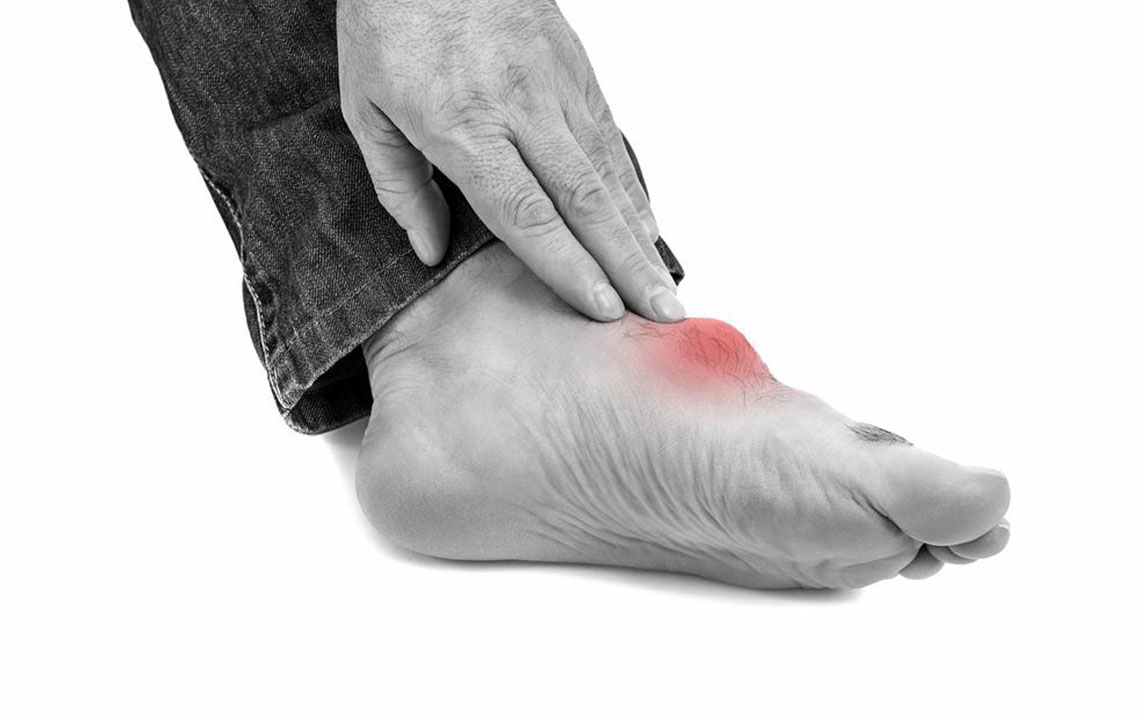Top triggers for gout foot pain
Gout is a type of arthritis which is characterized by episodes of severe pain, swelling, and redness of joints. The most common joint affected is the one in the big toe. The inflammation is the result of an accumulation of uric acid crystals in the joint space. Uric acid is produced as a by-product of purine metabolism and is cleared by the kidneys through the urine. If the kidneys are not able to clear uric acid or there is an excessive generation of uric acid in the body, a condition called hyperuricemia develops. Hyperuricemia along with crystallization of uric acid in joint spaces leads to gout foot pain.

The disease can be managed with medication and by avoiding some of the common triggers. The usual triggers for aggravation of gout are:
- Bacon, turkey liver, sardines, mussels, salmon and certain vegetables such as spinach, mushroom, and asparagus are foods that are rich in purine.
- Due to lack of water, the ability of the kidneys to clear uric acid is reduced, and this can cause acute episodes of gout arthritis.
- Beverages sweetened with high fructose corn syrup like non-diet sodas and fruit drinks stimulate the body to produce more uric acid.
- Alcohol, particularly beer can be a trigger for a severe flare up and result in gout foot pain.
In addition, to using medications to provide pain relief from gout avoiding these triggers will go a long way in the effective management of gout foot pain

